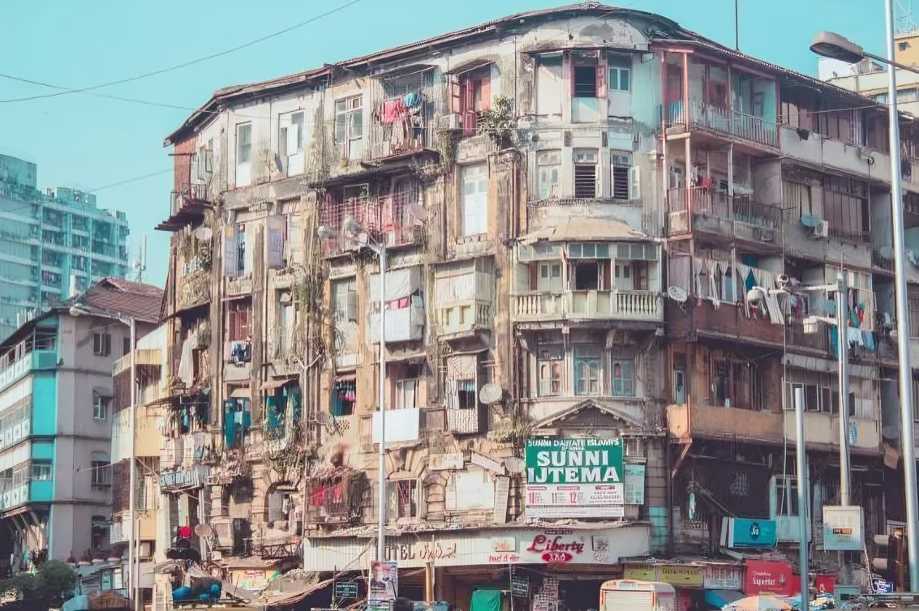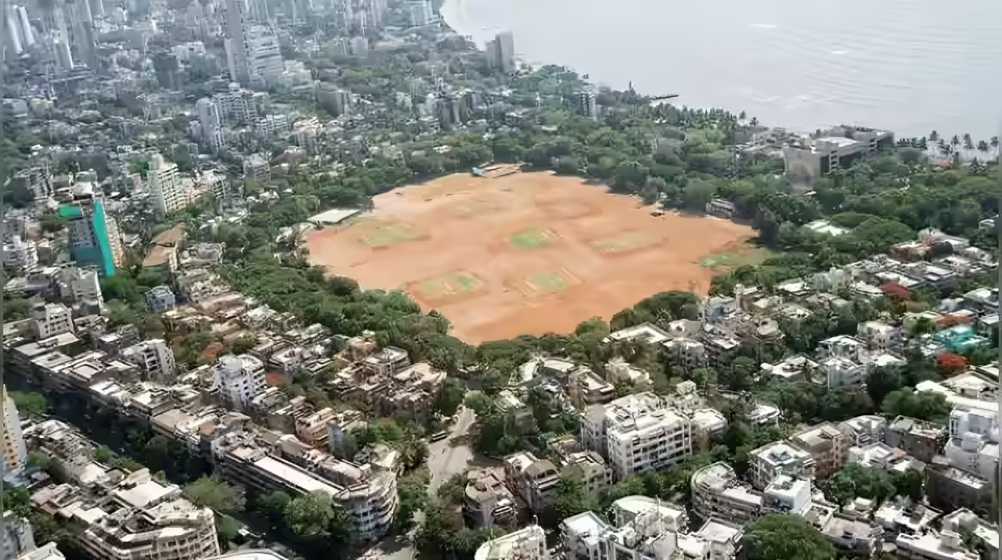November 18, 2025: Dharavi, one of the world’s largest and most densely populated slums, is now at the centre of one of India’s most ambitious redevelopment plans. Located in the heart of Mumbai and home to nearly a million residents, Dharavi has evolved over centuries—from an 18th-century mangrove island to a bustling hub of artisans, migrants, and small-scale industries.
Originally inhabited by the Koli fishing community, Dharavi grew rapidly during the British era when tanneries, potters, and textile workers settled there. As rural migrants moved into Bombay in search of work, the area expanded without formal planning or government intervention. By Independence, Dharavi had become the city’s largest slum, with extremely high population density and inadequate infrastructure.
Today, Dharavi is known not only for its maze-like lanes but also for its thriving informal economy. With over 20,000 small enterprises and 15,000 micro-factories, the locality specialises in leather goods, textiles, pottery, and recycling. Its leather market, in particular, attracts buyers seeking affordable bags, jackets, shoes, and accessories.
Redevelopment plans have been proposed since the 1950s, but most have stalled due to financial, political, or social resistance. The turning point came in 2024, when the Adani Group won the bid for the Dharavi Redevelopment Project. The Maharashtra government approved the master plan in May 2025, which aims to rehabilitate 0.7 million people through integrated housing, commercial, and industrial development while retaining Dharavi’s economic fabric.
A digital survey using drones and LiDAR is underway to map the 620-acre area and identify eligible beneficiaries. Each qualified resident will receive a 350 sq ft home under the Slum Rehabilitation Act, while non-eligible occupants will be shifted to rental housing.
With improved infrastructure, upgraded housing, and new economic opportunities, Dharavi is poised for a major transformation. The coming years will determine how effectively redevelopment can balance modernisation with protecting the community’s social and economic identity.
Source: Magicbricks





